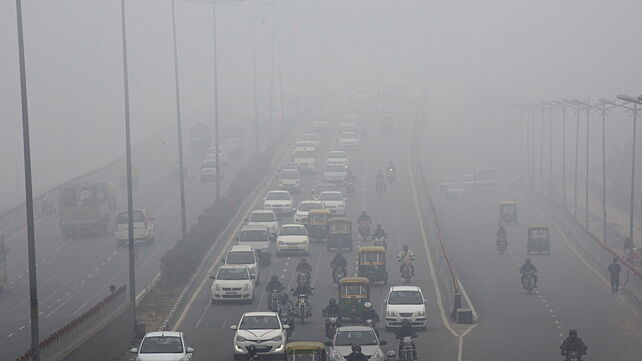
The pollution levels in Delhi dropped by 18 per cent during the 15 days of the odd-even number plate scheme that ran in the first part of this month. However, while the absolute pollution levels increased across the NCR, Delhi, saw smaller increase as compared to other areas.
A study conducted by the Energy Policy Institute at the University of Chicago (EPIC) and Evidence for Policy Design group at Harvard University, found significant drop in pollutants around noon during that period.
They have based their findings on data provided by the Central Pollution Control Board and portal India Spend. PM 2.5 declined by up to 13 per cent on an average but up to 18 per cent when the formula was in place during the day.
It appears that there have been positive responses to the odd-even formula across the national capital region. The Delhi government has already begun planning for phase 2 and is likely to implement it from March onwards.

































